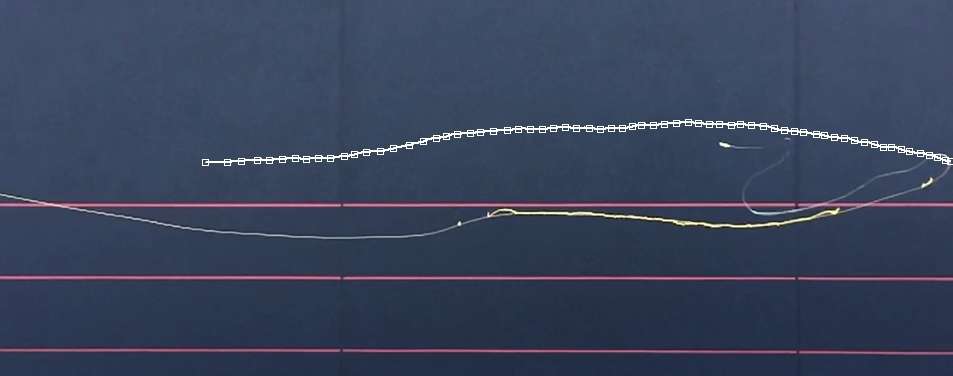Gordy,
Sorry my last couple of responses have sucked. I’m in very spotty internet for the next while and can’t be more helpful.
Walter
PLEASE NOTE: In order to post on the Board you need to have registered. To register please email paul@sexyloops.com including your real name and username. Registration takes less than 24hrs, unless Paul is fishing deep in the jungle!
Lift force acting on a fly line
Moderator: Torsten
Re: Lift force acting on a fly line
"There can be only one." - The Highlander. 
PS. I have a flying tank. Your argument is irrelevant.
PSS. How to generate a climbing loop through control of the casting stroke is left as a (considerable) exercise to the reader.
PS. I have a flying tank. Your argument is irrelevant.
PSS. How to generate a climbing loop through control of the casting stroke is left as a (considerable) exercise to the reader.
- gordonjudd
- Posts: 1858
- Joined: Sat Jan 19, 2013 11:36 pm
- Location: Southern California
Re: Lift force acting on a fly line
Graeme,This shape is what people are basing their arguments for lift on: an inclined lower leading edge.
If we were ever going to see form drag lift in a cast, this would have shown it.
Now we can get into a semantic argument of what we mean by loop height when the loop shape is changing.
However, If we take the height of the loop as the point where its loop front is vertical I get this track of that point in your video. That video has repeating frames so it is difficult to the track that point at equal time points, but you can do it with tracker to see how the midpoint of the vertical part of the loop front varies.
Here track that I get.

This track show the vertical section of the loop front does go up when the length of the vertical section of line increases as the loop propagates and falls again as the length of the section decreases.
Looking forward to seeing what you get with tracker.
Gordy
